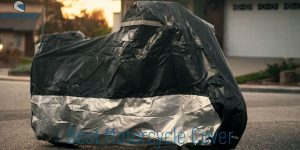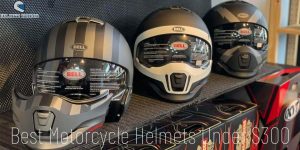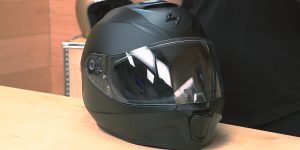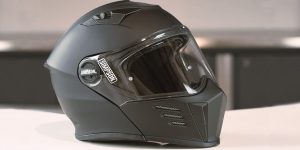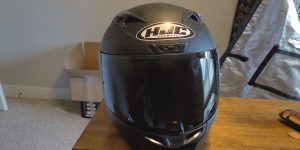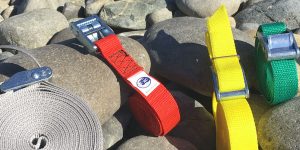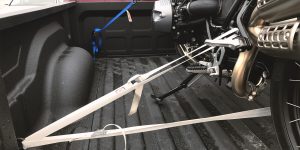When it comes to motorcycle maintenance, keeping the engine clean is the main factor for optimal performance, longevity, and safety. A dirty engine can lead to a host of problems, from reduced fuel efficiency to engine failure. However, taking care of your steel stallion can seem like a daunting task, especially for those who are new to bike ownership and do not really know how to clean a motorcycle engine.
In this blog post, I’ll guide you through the process of polishing a motorcycle engine step by step. I’ll cover everything from the tools you’ll need to the techniques you should use, as well as some tips and tricks to make the job easier and more efficient.
Materials and tools needed
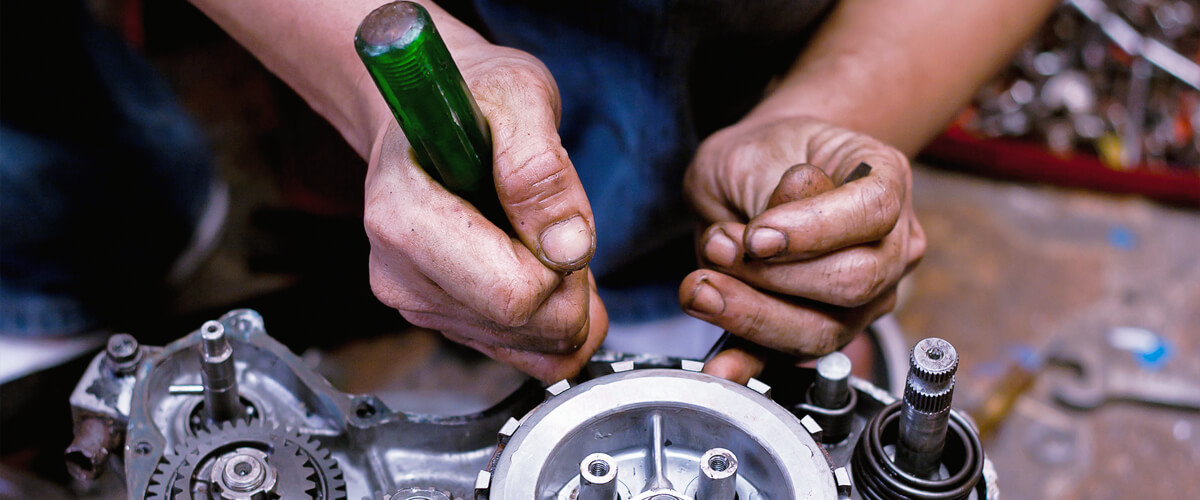
Cleaning a motorcycle engine is an essential task for maintaining its performance and longevity. However, before you start, it’s important to gather the right materials, tools, and the best motorcycle stand to ensure the job is done properly and safely. Here’s a list of the materials and tools you’ll need to clean a motorbike engine:
| Tool/Material | Description |
|---|---|
| Cleaning Solvent | Dissolves dirt, grease, and oil from the engine parts. |
| Degreaser | Removes tough grime and oil buildup from engine parts. |
| Soft-bristled brush | Used to scrub off grime and dirt from engine parts. |
| Rags | Used to wipe down engine parts and absorb excess solvent and degreaser. |
| Old Toothbrush | Used to clean hard-to-reach areas like crevices and tight spaces. |
| Compressed Air | Blows away debris and dirt from engine parts. |
| Work Gloves | Protects hands from solvent and degreaser. |
| Eye Protection | Protects eyes from flying debris and solvent splashes. |
These means can be categorized into three types based on their purpose: tools for working with the engine, for personal safety, and additional ones that facilitate the cleaning process. Each type plays a key role in effectively removing dirt from the engine, so by having all the required tools on hand, you can approach this task with confidence, ensuring an efficient and safe cleaning process.
Preparing the motorcycle for cleaning
Before diving into cleaning a motorcycle engine, I want to give you some necessary precautions to ensure a safe and effective cleaning process.
Here are some steps to prepare your transport for cleaning:
- Let the engine cool down. Cleaning a hot engine can be dangerous and can cause damage to its parts. Wait until the engine is cool to the touch before beginning the process.
- Close sensitive electrical components. Water and electricity don’t mix, so it’s important to protect any sensitive electrical components on your motorcycle before cleaning. Cover the battery, spark plugs, and any other sensitive parts with plastic bags or tape to prevent water from getting in.
- Disconnect the battery. To further protect your electrical components, it’s a good idea to disconnect the battery before cleaning. This will prevent any accidental electrical discharge while you’re cleaning.
- Disassemble as needed. Depending on how dirty your engine is, you may need to disassemble certain parts to access hard-to-reach areas. For example, removing the fairings or other components may be necessary to reach the engine and clean it thoroughly.
By following these steps, you can ensure that your motorcycle is prepared for cleaning, and you can avoid any unnecessary damage or risk.
Cleaning the motorcycle engine
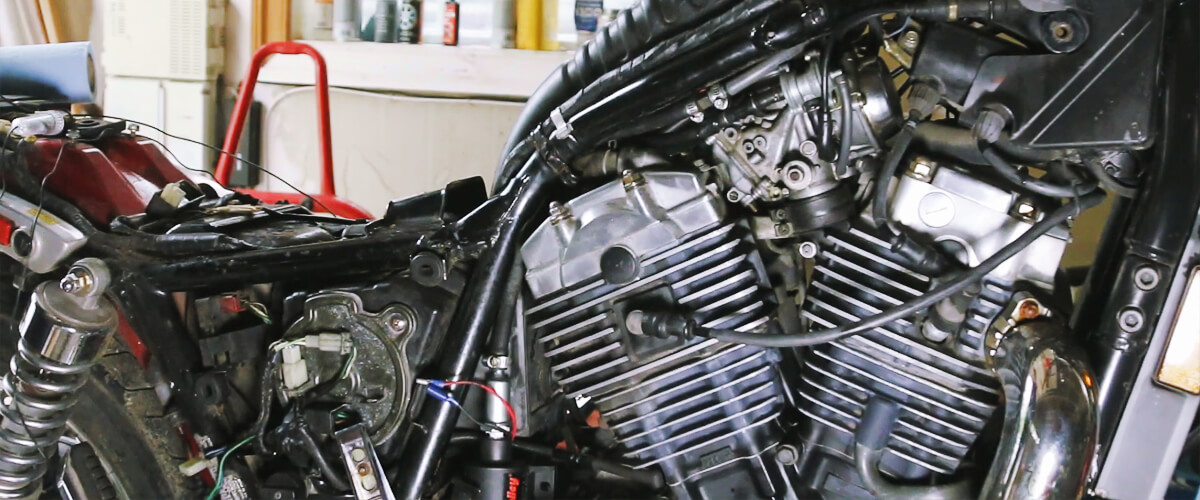
During my motorcycle hobby, I have developed an engine cleaning strategy that gives excellent results. And now, I will share it with you.
- Preparation. Before you start washing a motorcycle engine, make sure the engine is cool to the touch. Park your bike in a well-ventilated area and cover any sensitive electrical parts with a plastic bag or aluminum foil to protect them from water and cleaning products.
- Applying the Degreaser. Spray the degreaser on the engine parts you want to clean, covering all surfaces thoroughly. Be careful not to let the degreaser sit for too long, as it can damage the engine.
- Brushing with a Soft Brush. Use a soft-bristled brush to scrub away any grime and dirt from the engine parts. Make sure to clean hard-to-reach areas like crevices and tight spaces with an old toothbrush.
- Rinsing with Water. Rinse the engine parts thoroughly with water, making sure to remove all traces of the degreaser. Use compressed air to blow away any excess water and debris.
- Drying. Dry the engine parts with a clean rag or towel. Make sure to remove all moisture from the engine to prevent corrosion.
- Lubricating. After cleaning and drying the engine, apply a light coating of lubricant to any moving parts. This will protect them from corrosion and keep them running smoothly.
When it comes to choosing the right products and methods for cleaning bike engine dirt, there are several effective options. For example, Simple Green is a popular cleaning solvent that is safe to use on a wide range of engine parts. WD-40 Specialist Degreaser is also a great choice for removing tough grime and oil buildup from engine parts.
Here’s a simple life hack for effectively using a brush and applying motorcycle engine cleaner:
- Start by spraying the engine cleaner onto the desired areas of the engine, ensuring even coverage.
- Allow the cleaner to sit and penetrate the dirt and grime for a few minutes to maximize its effectiveness.
- Take a brush with soft bristles and gently scrub the surface, paying extra attention to stubborn or hard-to-reach areas.
- Use back-and-forth or circular motions to agitate the dirt and lift it off the surface.
- Finally, rinse off the cleaner using a hose or water spray, ensuring that all residue is thoroughly washed away.
This method helps to achieve deep and thorough cleaning. Remember to follow any specific instructions provided by the manufacturer for the product you are using.
Drying and finishing
Achieving the final touches is an important step. You’ve spent all that time getting your engine sparkly clean, so it’s crucial to make sure you dry it properly to prevent any water spots or rust from forming. Based on my experience, I want to share some tips on how to properly dry and finish your motorcycle engine.
- Firstly, it’s important to use compressed air to remove any water that may have seeped into crevices or other hard-to-reach areas. You don’t want to leave any standing water that could cause rust or damage your engine. Be sure to wear eye protection and work gloves to avoid getting any debris or water in your eyes or on your hands.
- Next, use a clean, dry microfiber towel to wipe down the engine thoroughly. You may need to use multiple towels to ensure that you’ve removed all moisture. Avoid using a regular towel or cloth, as these can leave behind lint or other debris that could scratch the engine’s finish.
- If you want to take it a step further, you can apply a protectant or lubricant to your engine. This will help prevent any future rust or damage and keep your engine looking its best.
- When applying a protectant or lubricant, be sure to follow the manufacturer’s instructions carefully. Apply it evenly and avoid getting any on surfaces that aren’t intended to be treated.
Neglecting to dry and finish your motorcycle engine after cleaning can cause damage or malfunction. So take the time to dry and finish your engine thoroughly. And remember, always follow the manufacturer’s instructions when applying a protectant or lubricant to your engine.
Tips and precautions
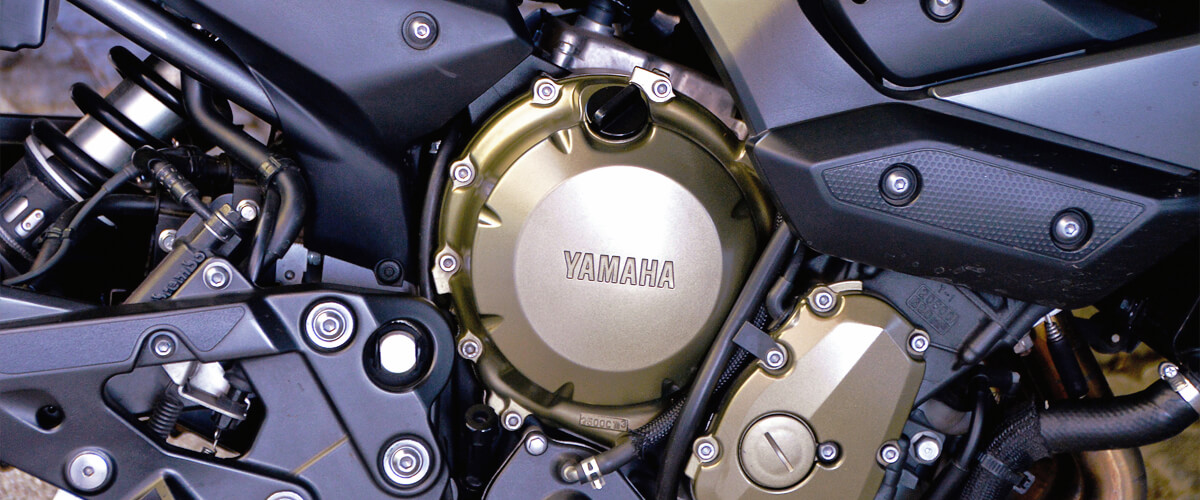
Corroded motorcycle engine care can seem like a daunting task, especially if you’re new to motorbike maintenance. I was really nervous the first time I attempted to clean my engine, but with a little bit of guidance and some careful preparation, I was able to get the job done safely and effectively.
Now that I have become a professional in this matter, I want to share with you my tips, experience, and best practices:
- Always wear protective gear: Cleaning can be messy and potentially hazardous. It’s important to wear work gloves to protect your hands from the cleaning solvent and degreaser. Eye protection is also essential to avoid any splashes of solvent or degreaser in your eyes.
- Use the right cleaning agents: Not all cleaning agents are created equal. Be sure to use a cleaning solvent and degreaser that are safe for use on motorcycles. Avoid using harsh chemicals or abrasive materials that can damage sensitive engine components.
- Protect electrical wiring: When cleaning your engine, be careful not to get water or cleaning agents on electrical wiring or components. Cover these areas with plastic bags or tape to prevent damage.
- Avoid getting water directly into the engine: Water can cause serious damage to your engine if it gets inside. To avoid this, be sure to cover the air intake system with plastic bags or tape before cleaning.
- Be gentle with sensitive components: Use a soft-bristled brush or an old toothbrush to clean sensitive components like the carburetor or throttle body. Avoid using too much pressure, as this can cause damage.
You can safely and effectively clean your bike engine by following these tips and precautions. Not only will a clean engine look great, but it will also perform better and last longer. So, roll up your sleeves, put on your protective gear, and get to cleaning!
FAQ
How often should I clean my motorcycle engine?
The frequency of cleaning your motorcycle engine depends on how often you ride and in what conditions. Generally speaking, it’s a good idea to clean your engine every 3-6 months, or more frequently if you ride in dusty or dirty conditions. I recommend checking motorcycle cover reviews to protect the engine from dust and dirt.
Can I use any type of degreaser on my motorcycle engine?
No, you should only use a degreaser that is specifically formulated for use on motorcycles. Harsh chemicals or abrasive materials can damage sensitive engine components, so it’s important to use a product that is safe and effective for your cycle.
Can I use a pressure washer to clean my motorcycle engine?
I do not recommend using a pressure washer to clean your bike engine. The high pressure can force water and cleaning agents into sensitive components, causing damage or corrosion. Instead, use a soft-bristled brush or old toothbrush to scrub away grime and dirt.
Will cleaning my motorcycle engine improve its performance?
Yes, a clean engine will run cooler and more efficiently, which can improve overall performance. It can also help prevent issues like overheating or corrosion, which can lead to more serious problems down the road. Regular cleaning is an important part of motorcycle maintenance and can help keep your bike running smoothly for years to come.



